Tsunami Waves Hit Russia, Japan, Hawaii After Massive 8.8 Quake Off Kamchatka
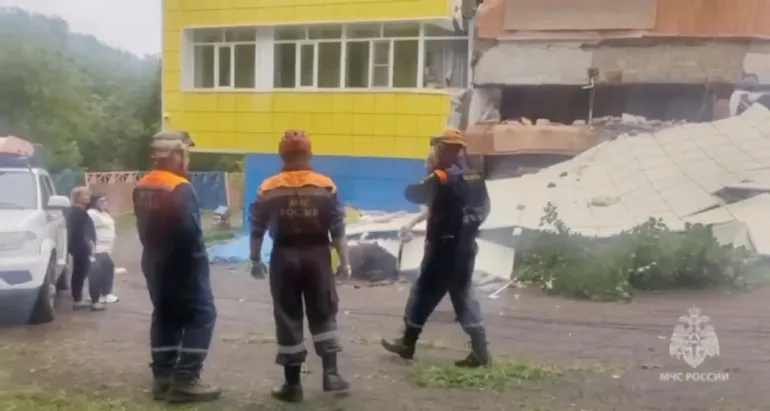
Tsunami waves have slammed into parts of Russia’s Far East, Japan and Hawaii after a powerful 8.8-magnitude earthquake struck off Russia’s Kamchatka Peninsula, triggering alerts for dozens of countries across the Pacific.
Officials say potentially hazardous waves could reach the US West Coast, much of Latin America, and several Asian and Pacific island states later on Wednesday.
Russian emergency services reported waves as high as five metres (16.4ft) hitting Severo-Kurilsk, a small seaport town in the Sakhalin region. The town was flooded, forcing the evacuation of all 2,000 residents. Videos on social media showed buildings submerged and streets turning into rivers. Authorities have declared a state of emergency.
“All the people are in the tsunami safety zone,” said local mayor Alexander Ovsyannikov, adding that early warnings allowed for a full evacuation.
In Hawaii, the US National Weather Service warned of “destructive tsunami waves,” urging people in coastal areas to evacuate immediately. Honolulu’s streets were jammed with cars heading for higher ground, and flights were suspended at Hilo International Airport to speed up evacuations.
Japan’s Meteorological Agency issued a similar warning, saying waves of up to 3 metres (9.8ft) could strike parts of Hokkaido and Honshu.
“Tsunamis can strike repeatedly. Do not leave the safe location until the warning is lifted,” the agency said.
Footage from Japanese coastal towns showed residents rushing uphill or crowding into designated shelters. Early waves of about 30cm (1ft) were reported on Hokkaido’s northern coast.
US President Donald Trump posted a message urging people in Hawaii, Alaska, and along the Pacific Coast to “STAY STRONG AND STAY SAFE!”
The US Tsunami Warning Centers say waves up to 3 metres could reach Ecuador, Chile, Peru, Costa Rica and several Pacific islands later in the day. Experts warn the subduction zone that triggered the quake is capable of generating large tsunamis like those seen in Sumatra (2004) and Japan (2011).
Nathan Bangs, a tsunami researcher at the University of Texas, said:
“This is a subduction zone setting that has the potential to generate large tsunamis.”
The 8.8-magnitude quake struck 136km east of Petropavlovsk-Kamchatsky, Russia’s emergencies ministry said. It was followed by aftershocks measuring 6.9 and 6.3 near Petropavlovsk and Vilyuchinsk. Regional officials reported some injuries but no serious casualties so far.
Kamchatka Governor Vladimir Solodov called it “the strongest earthquake in decades.”
Warnings remain in effect across Russia, Japan, the US, the Philippines, Taiwan, Indonesia, and several Latin American countries. Experts say repeated waves are possible for hours, and the risk of major damage remains high.
Robert Weis, a tsunami specialist at Virginia Tech, cautioned:
“This kind of event can cause serious destruction, even far from the epicentre. The real danger is often in the later waves, which can be larger than the first.”
With input from Al Jazeera
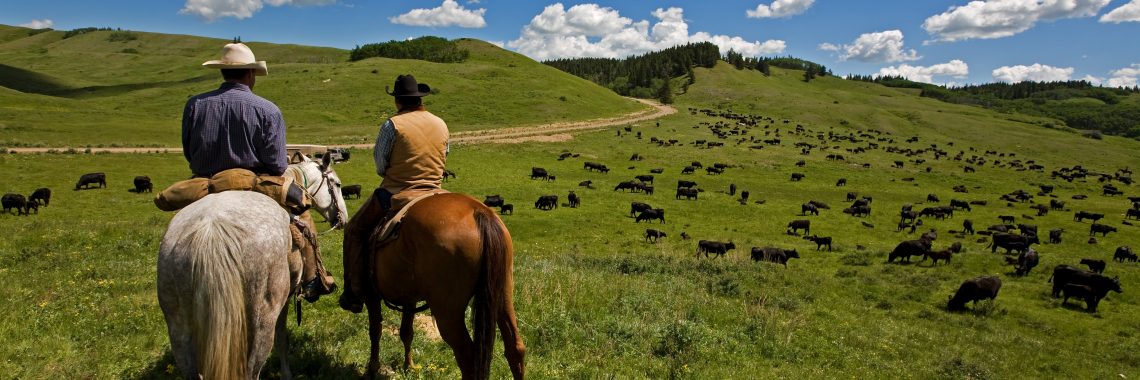
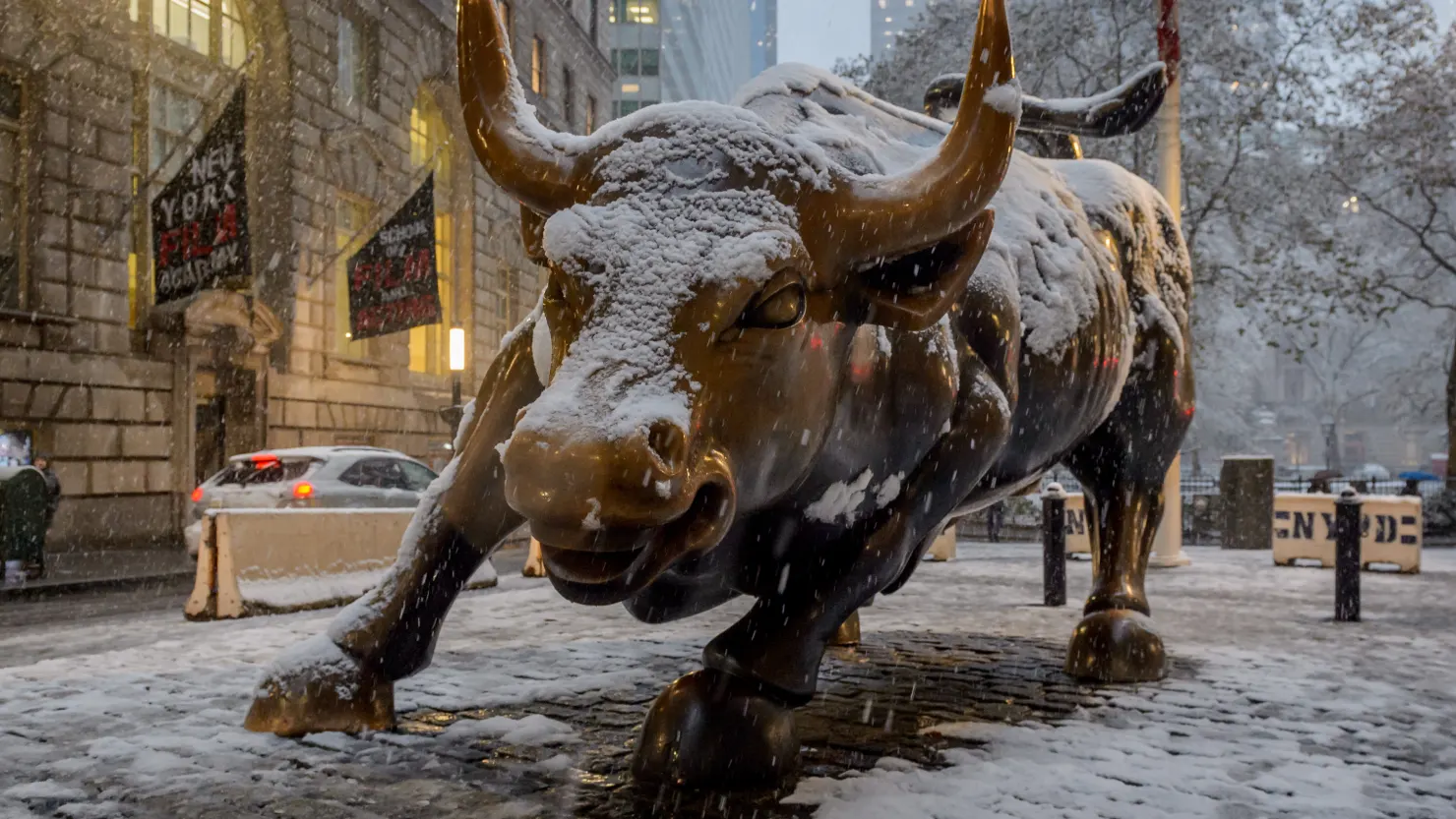
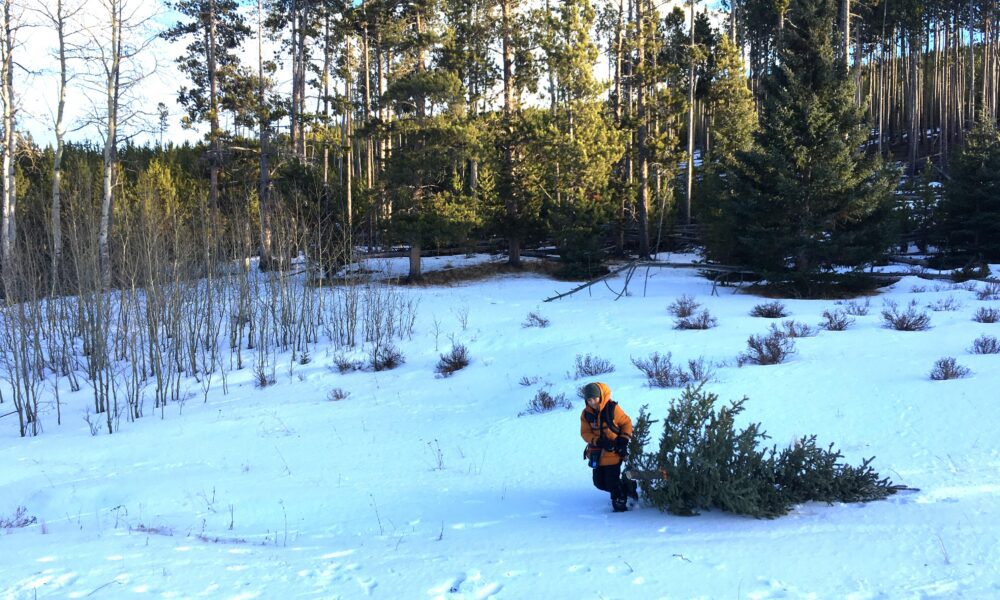

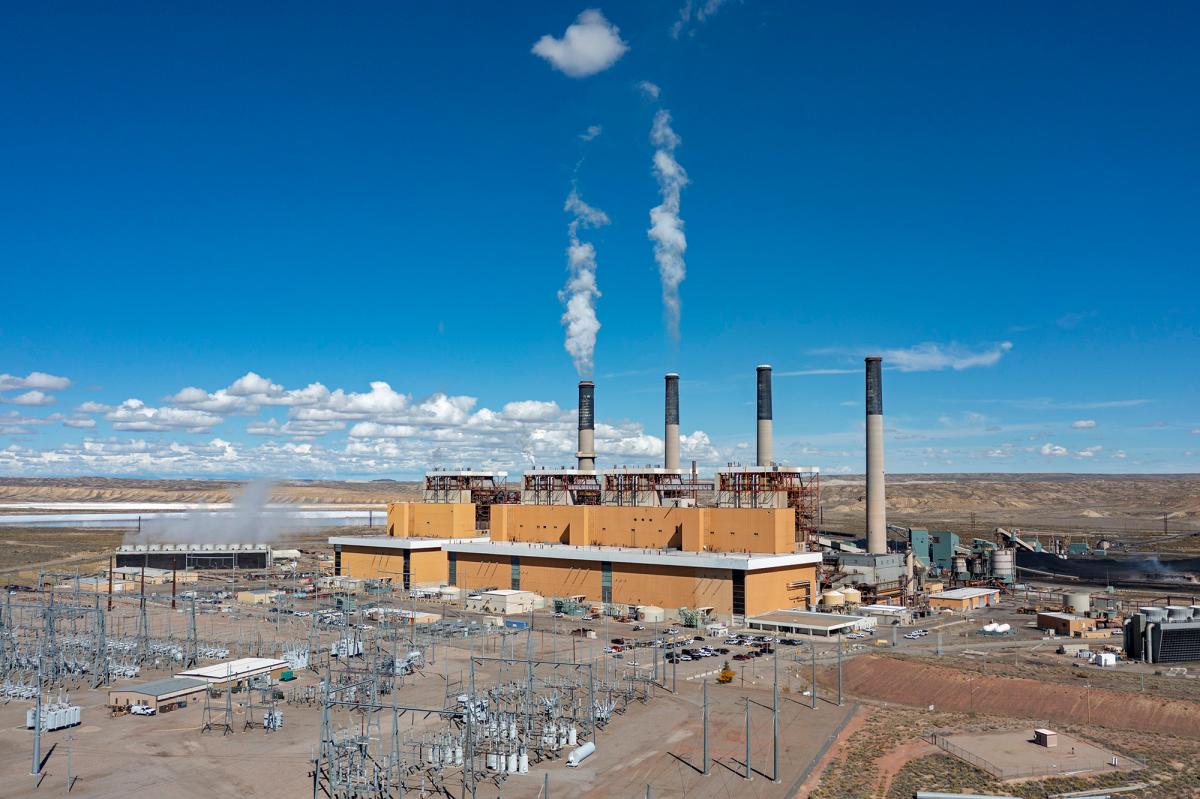


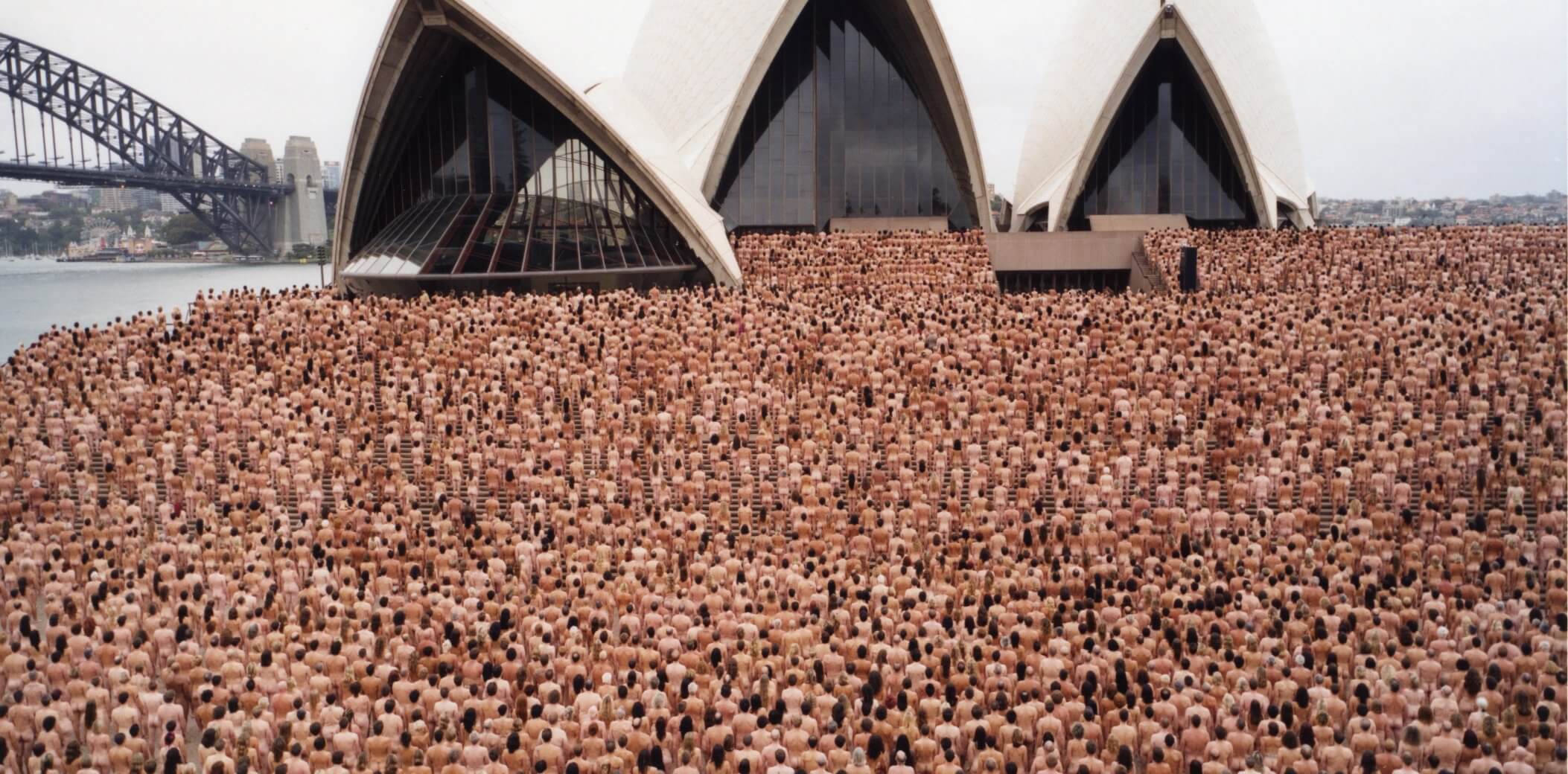
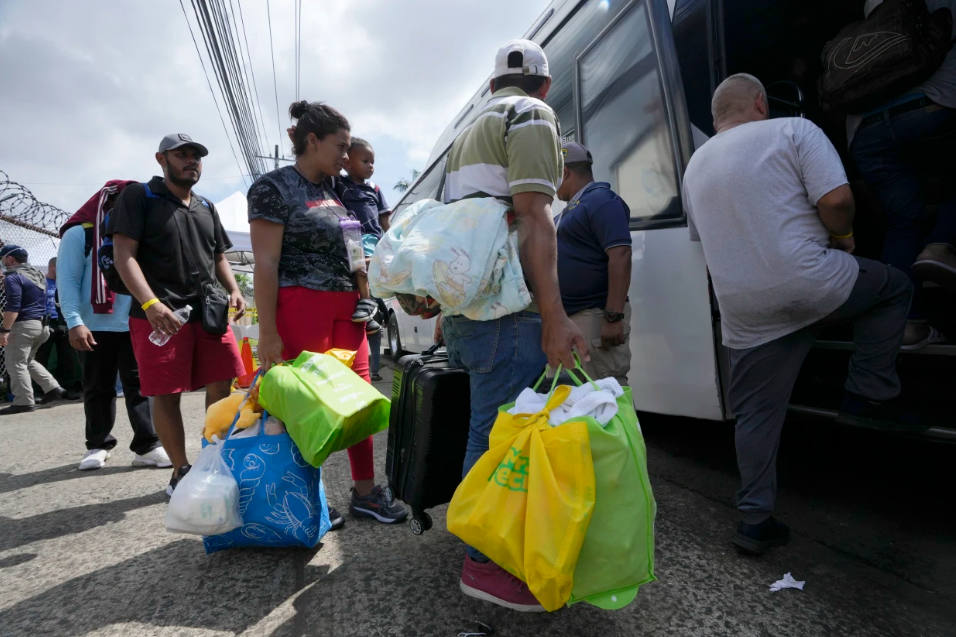
The latest news in your social feeds
Subscribe to our social media platforms to stay tuned